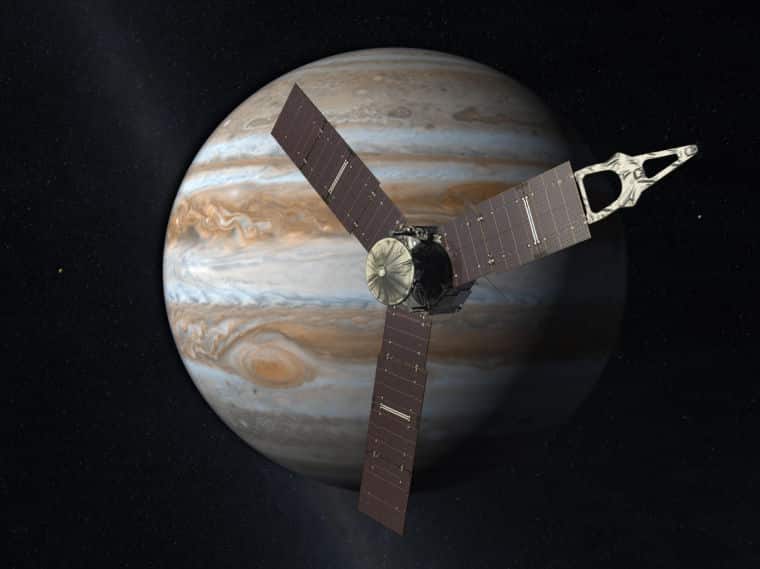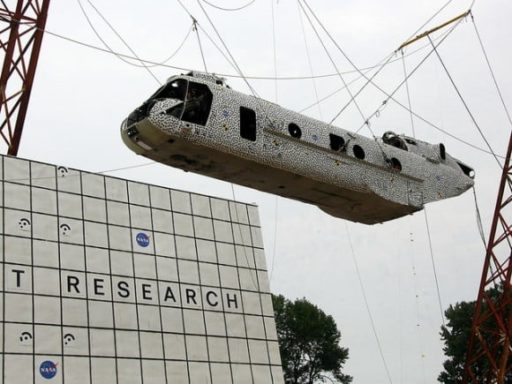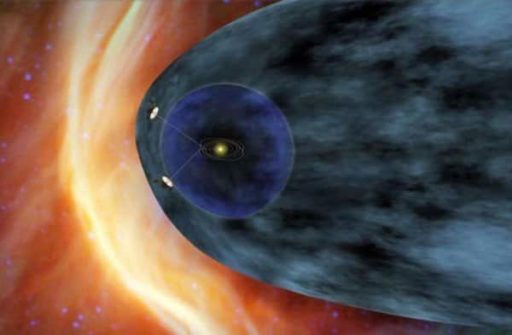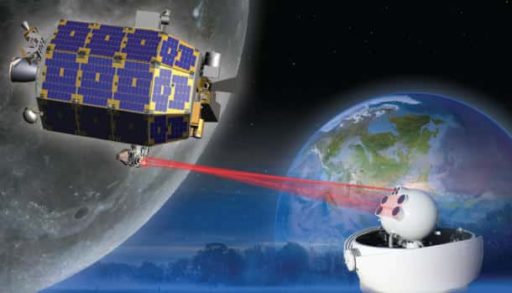Juno is a NASA New Frontiers mission to the planet Jupiter. The space probe was launched from Cape Canaveral Air Force Station on August 5, 2011 and since then has been carrying out a series of orbital maneuvers to give it enough speed to reach the planet Jupiter, where it will go into orbit as part of a mission to learn more about the structure and nature of the deep atmosphere of the giant planet. Although after suffering a glitch after Earth flyby, the probe is set again on a course for Jupiter.
Juno has been sent to observe Jupiter’s composition, gravity field, magnetic field, and polar magnetosphere. Juno will also search for clues about how Jupiter has been formed, including whether the planet has a rocky core, the amount of water present within the deep atmosphere, and how the planet’s mass is distributed. It will also study Jupiter’s deep winds, which can reach speeds of 618 kilometers per hour (384 mph).
However, last Wednesday, Juno somehow suffered from some sort of malfunction and went into protective “safe mode” just 10 minutes after a low-altitude gravity-assist flyby of Earth. The “safe mode” has been designed to put the spacecraft in a stable configuration in the event of unexpected events, programming problems or malfunctions that are beyond its ability to resolve. During its flyby of Earth, the “safe mode” provided the necessary gravity boost to accurately slingshot the probe towards Jupiter.
At present, Juno is in contact with Earth, but not all of its instruments are powered up. If all goes well, the spacecraft will brake into a polar orbit around the giant planet on July 4, 2016, kicking off a one-year 33-orbit mission to learn more about Jupiter’s atmosphere and evolution.
Source: CBS News
[ttjad keyword=”camcorders”]




